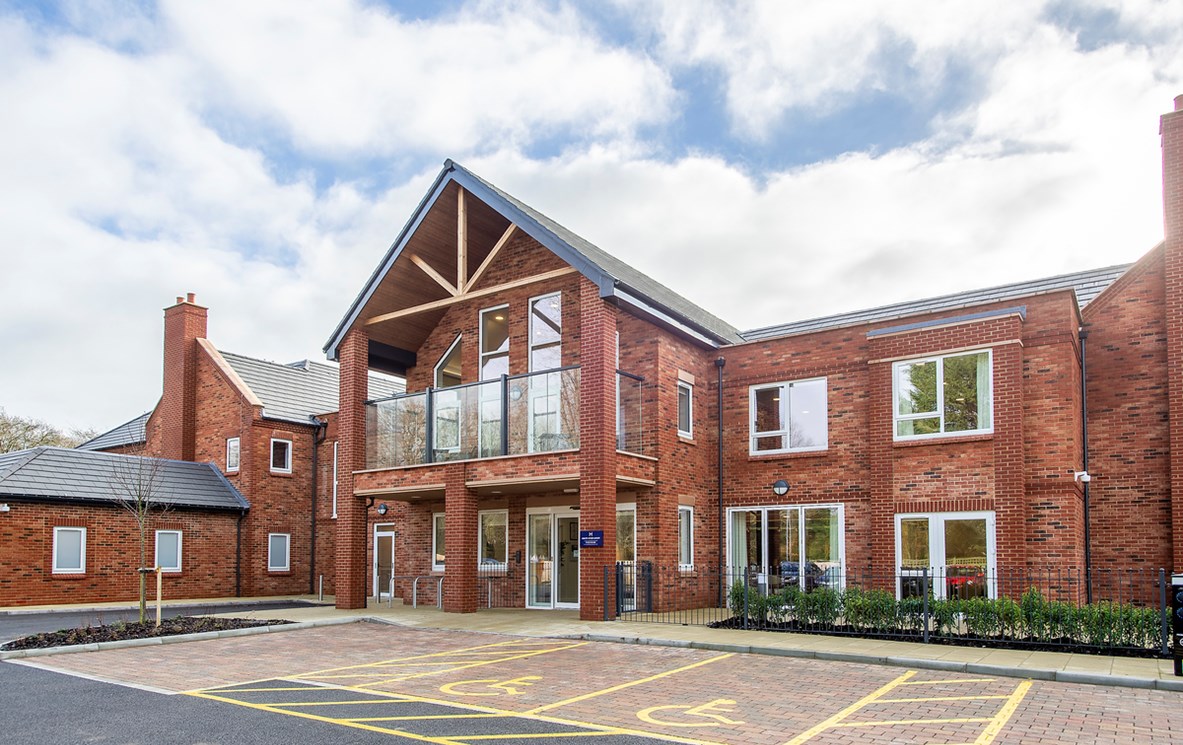Fire Safety and Accessibility Requirements for UK Care Home Projects: A Guide for Builders and Developers
June 23, 2025

Fire Safety and Accessibility Requirements for UK Care Home Projects: A Guide for Builders and Developers
Did you know that since 2011, there have been 9,560 reported cases of fire in UK care homes? On average, 735 cases each year. It is essential to construct care home facilities with adequate measures to prevent fire accidents.
Fire safety measures in the UK care homes are a must, especially with the increasing number of care homes in the country. If you are a builder or developer of care home facilities, it is your moral duty to safeguard the lives of residents. Read on to know how you can prevent fire accidents in the UK care homes.
Why Fire Safety and Accessibility Matter in UK Care Homes
If you are building a care home facility in the UK, you can expect to have elderly residents who may have mobility impairments. In the event of a fire accident, they will not be able to move quickly from the danger zone. Rescue workers will also have difficulty evacuating the building soon.
Therefore, the building must have fire safety measures in place to ensure a quick response to such accidents. Moreover, you must plan the building design to include better accessibility with multiple emergency exits on each floor of the care home facility. It will allow rescue workers to evacuate residents as soon as possible.
Additionally, fire safety measures such as sprinklers, fire extinguishers, and designated fire exits can enable staff to evacuate promptly in an emergency.
UK Fire Safety Regulations for Care Homes
To make care homes safe from potential fire accidents, you must comply with several legal frameworks in the country.
Let’s look at the key legal frameworks in the UK
-
Regulatory Reform (Fire Safety) Order 2005
It offers a framework of fire safety for all types of non-domestic buildings. This includes workplaces and also the care home facilities you are planning to construct. Under this framework, there should be a whole building approach to ensure fire safety precautions. This may include changes in design, construction and occupation stages.
-
Health and Safety at Work Act 1974
In the HSW Act, the employers and employees have general duties to other employees to safeguard them in the workplace. To safeguard employees of the care homes, you must be cautious when storing flammable liquids in the workrooms or the process areas. Additionally, there should be proper ventilation and an evacuation system in place to clear combustible materials from the site in the event of a fire accident.
Now let's see what the design requirements are to safeguard against fire incidents in care homes.
- The use of fire-resistant construction materials
-
Using compartments in design and installing emergency exits
-
Installing heat detectors and smoke alarm systems in the care homes
-
Installing sprinklers to control the spread of fire
Besides, you would have to conduct a Fire Risk Assessment (FRA) to prevent such incidents. The assessment identifies employees, employers or owners of the building to be responsible persons to conduct an FRA.
As a developer of the care home, you should include fire safety measures during the construction phase.
Accessibility Requirements in UK Care Homes
When you are building a care home in the UK, you must follow the specific building construction guide in the UK. For example, the UK Building Regulations (Part M) require a step-free entrance to care home facilities for the smooth entry of patients. This is because most residents have limited mobility.
Wide corridors, grab rails at the sides of the stairs, and easily accessible toilets must be installed in the building. Besides, the use of signage, alarm systems and emergency exits makes it easier for the residents to be safe from fire in the care home.
Common Compliance Mistakes and How to Avoid Them
During the construction of care homes, you might make some mistakes that can be crucial to safeguard the lives of the residents. For example, an inadequate number of fire escape routes in the facility or blocked access to the emergency route can create a challenging situation in an emergency.
If you did not plan for safe refuge areas in the building for residents with mobility issues, it may cause chaos in an emergency. Additionally, ensure that the building construction and accessibility standards you follow are up to date.
Tips for Builders and Developers
To ensure that care homes are protected from fire accidents, it is advisable to work with fire safety consultants. They can guide the construction process to safeguard it from fire accidents better. Keep all documents safe for all inspections and control measures.
Moreover, utilise emergency evacuation planning from the construction phase to ensure worker safety. Additionally, design an emergency evacuation system within the building.
Conclusion
You should not just comply with UK legislation or the building safety guide because it is mandatory, but because it is your moral duty. If you are developing a care home for elderly people, you are responsible for their safety as well.
Therefore, ensure that all safety measures are planned before construction of the building begins. Finally, hire Care Home Builders, who specialise in constructing safe and secure care homes for elderly people in the UK.
Recent Blogs
- Outdoor Spaces in Care Homes: Why Gardens Aren’t a Luxury — They’re Essential.
- The Blueprint for Better Air Quality
- A New Way of Living for Elderly People: Blending Innovation and Technology in Care Homes
- Build or Renovate? Making the Right Choice for Your Care Home
- Remodelling Elderly Care Homes: Prioritising Resident Autonomy and Lifestyle Choice